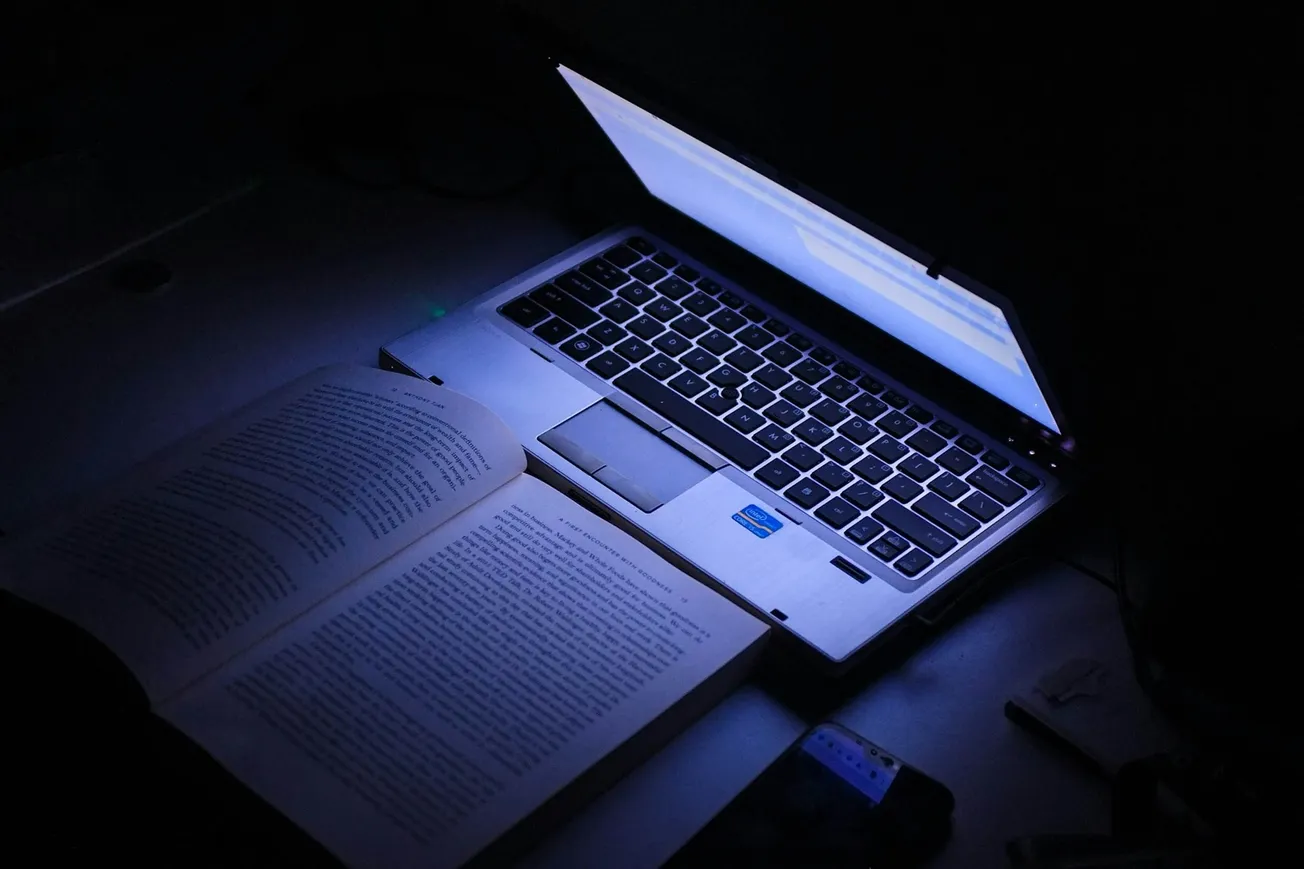According to reports from CNN and BBC, over a million acres have been destroyed by the fires, and over 100 fires are burning over an area of 7,000 square miles — nearly the size of the state of New Jersey. Half a million people in Oregon alone have been ordered to evacuate; tens of thousands are evacuating in Washington and California.
At least 33 people have died, and that number is expected to rise quickly. Dozens are missing, and Oregon officials are preparing for a “mass fatality incident,” based on how many structures are now charred. In one particularly tragic case, a little boy and his dog perished while huddled in a car, as the flames overtook them. People returning to their burned-out neighborhoods describe them as looking like war zones, and many are left with only the clothes on their backs.
Little rain, high temperatures and high winds have created the ideal conditions for the spread of the fires; at least eight of the fires in Oregon are expected to burn until the winter rains arrive. Firefighters and resources are taxed to the limit; many are working in 24-hour shifts. In California alone, nearly 15,000 firefighters are battling the flames. The financial damages are already in the tens of billions.
BBC reports that at a rally last month, President Donald Trump urged state officials to “clean your forests — there are many, many years of leaves and broken trees and they’re like, so flammable....” President Trump will visit the area on Monday, Sept.14.
In March 2020, the U.S. Forest Service announced that it was suspending all controlled burns on land it manages, including over 20 million acres that it oversees in California, in an effort to reduce air pollution and help personnel resist the coronavirus. Controlled burns are critical for clearing out of volatile dried and dead trees, branches and leaves, which have been utilized successfully in California and elsewhere for many decades, reducing the number of uncontrolled fires. The lack of controlled burns are at least one factor in the current disaster.
Now, numerous cities, such as San Francisco and Portland, look up to cloudy orange skies, from the flames and density of smoke — so much for controlling pollution! Businesses that had begun to reopen after being shut due to the COVID-19 pandemic, are now seeing fewer customers, and closing their doors due to the poor air quality.








